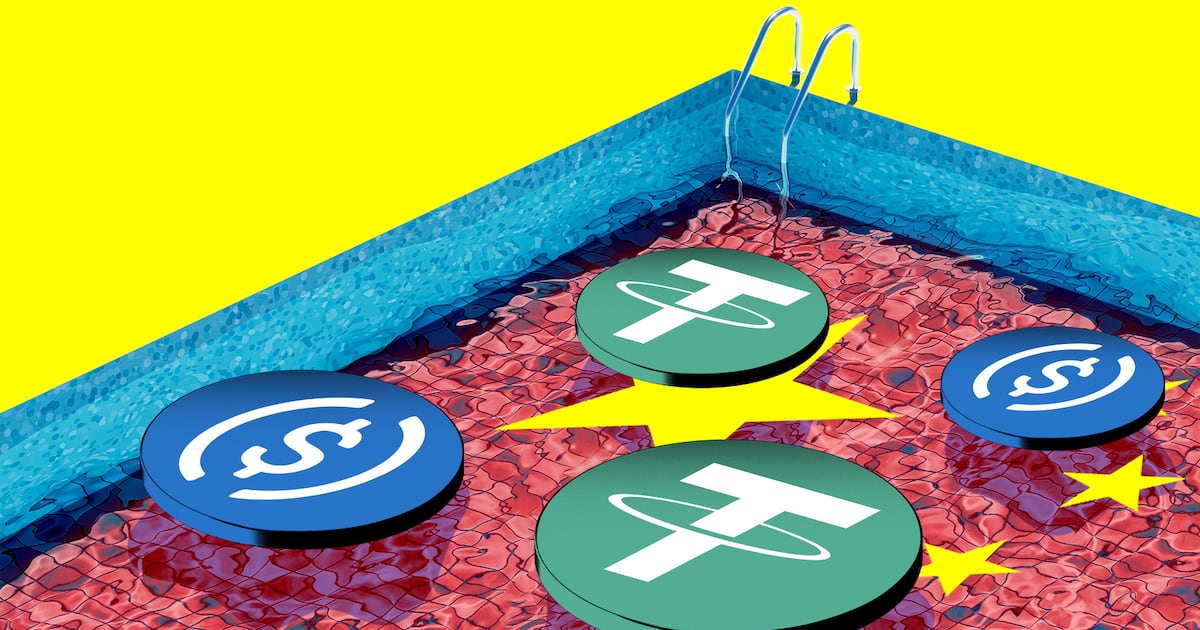Stablecoins are the Focus of Global Financial Power Struggle
Stablecoins might not be crypto’s sexiest asset, but they’re at the epicenter of a global scramble.
Insitutions, tech firms, and even governments are vying for dominance in a market valued at a quarter-trillion dollars and growing daily.
China’s formidable Ant Group – the e-commerce and payments giant formerly backed by Jack Ma – is now reportedly preparing its entry into the stablecoin arena. Sources indicate Ant International, which handles transactions for Alibaba, is aiming for stablecoin licenses in Hong Kong, Singapore, and Luxembourg.
If authorized, Ant could issue its own regulated stablecoin for international payments and treasury functions. While incorporated in Singapore, Ant International’s parent company remains owned by mainland Chinese interests, drawing attention given Beijing’s historically ambiguous and restrictive stance on cryptocurrency.
Ant International declined immediate comment.
The market appears positioned for explosive growth. The overall stablecoin circulation hit record levels exceeding $250 billion, driven by increasing institutional appetite and global regulatory momentum.
“Packing my bags for stablecoin summer,” tweeted Ryan Sean Adams, crypto investor and founder of the podcast Bankless.
Asia, the US, and Europe are intensively debating frameworks for stablecoin creation, oversight, and taxation. Analysts’ growth projections are ambitious.
Standard Chartered Financial Institution projects the market could reach $2 trillion by 2028. Bitwise asset manager Bitwise forecasts a potential ten-fold expansion to $2.5 trillion “in no time.” Citigroup analysts see stablecoins potentially reaching $3.7 trillion within five years.
However, the precise trajectory depends heavily on regulatory clarity in the United States. This week, a stablecoin bill progressed significantly through a key Senate committee.
William Emmons, a former St. Louis Federal Reserve economist, termed this progress “quite a moment” for banking and stablecoin evolution.
The stablecoin landscape continues to evolve. Circle International, known for its US dollar-pegged USDC stablecoin, recently concluded its New York Stock Exchange debut with strong performance, burnishing its institutional reputation.
With a market capitalization exceeding $60 billion, USDC follows closely behind the dominant Tether (USDT), which boasts nearly $156 billion in value.
To stay competitive, Tether is pursuing innovation. Tether announced backing for a new blockchain infrastructure called Stable, designed to integrate USDT for transaction fees and target institutions with specialized, high-speed “enterprise lanes.”
The trend shows no signs of saturation, with even prominent political figures entering the space. The family of former US President Donald Trump’s World Liberty Financial secured $7.5 million in Tether-denominated funding for its own dollar coin offering earlier this month.












